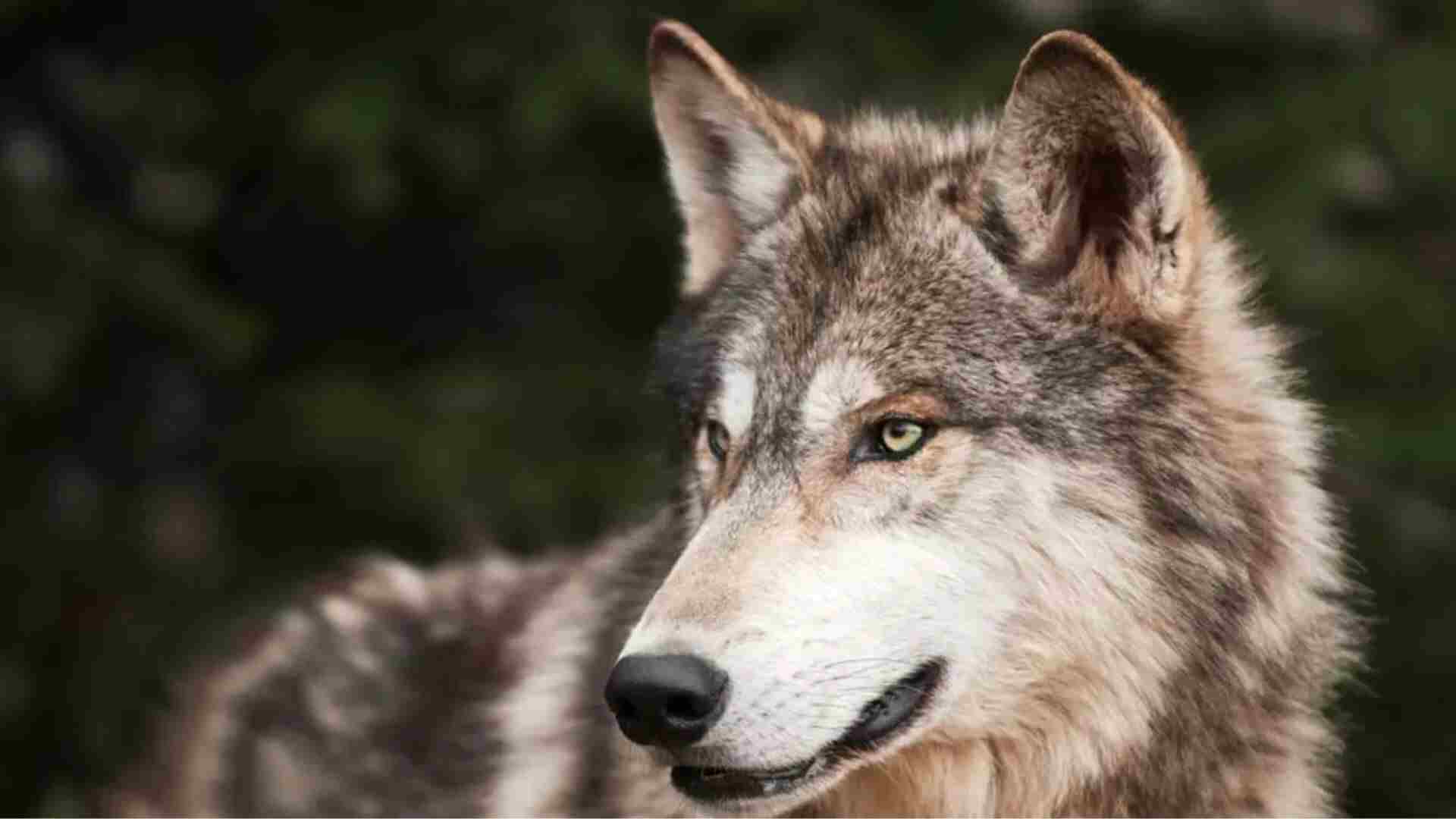Wolves, often portrayed as mystical creatures in media, are actually formidable predators. The recent wolf attacks in Uttar Pradesh’s Bahraich, where eight children and one woman were killed, have underscored their hunting prowess.
The Bahraich Attacks
Over the past two months, a pack of six wolves has been terrorizing villages in the Bahraich division, resulting in nine human fatalities. In response, the forest department initiated Operation Bhediya, capturing four wolves while continuing to search for the remaining two.
Local resident Kishore Kumar noted that this was the first instance of such attacks in their area, a sentiment supported by the International Wolf Centre (IWC), which notes that wolf attacks on humans are extremely rare.
Do Wolves Typically Attack Humans?
Generally, wolves do not pose a threat to humans. As carnivores, they usually stay within their territories and consume prey over extended periods. A study by the Norwegian Institute for Nature Research (2002-2020) recorded only 26 fatal wolf attacks worldwide, with four in India linked to rabies infections.
Reasons Behind Man-Eating Behavior
- Habituation: Wolves typically avoid human settlements. However, prolonged proximity to humans can diminish their fear, leading them to prey in these areas.
- Cross-Breeding: According to biologist Yadvendradev Jhala, interbreeding between wolves and dogs might make wolves more comfortable in human environments, increasing the likelihood of attacks.
- Loss of Habitat or Food: A shortage of natural prey or habitat destruction may drive wolves to attack humans. Scarcity of food sources can lead them to target vulnerable individuals.
Wolves generally prefer smaller prey, which explains the higher incidence of attacks on children. The IWC observes that man-eating wolves often choose children as victims due to their easier accessibility.
Conservation Status
The Indian wolf, with an estimated population of 4,400–7,100 as of 2020, is protected under Schedule I of the Wildlife Protection Act, 1972. Despite a history of coexisting with humans in the Ghaghara river region, the Bahraich incidents highlight the urgent need to address and understand human-animal conflicts to prevent such tragedies.























